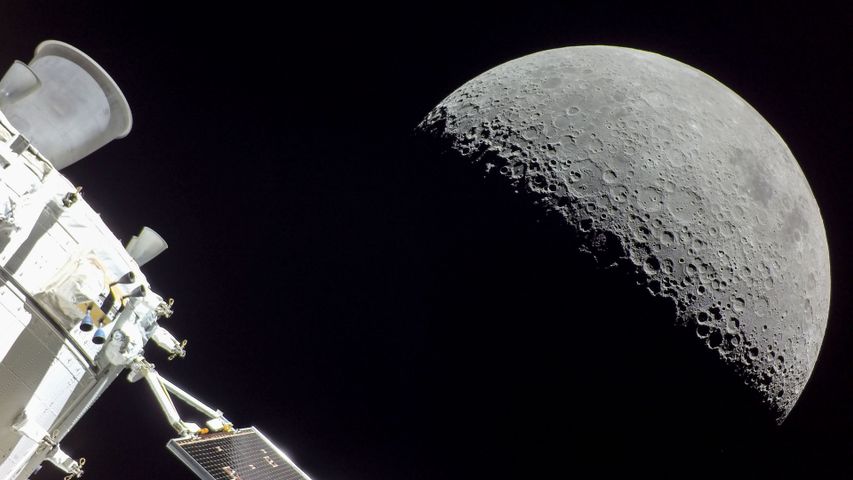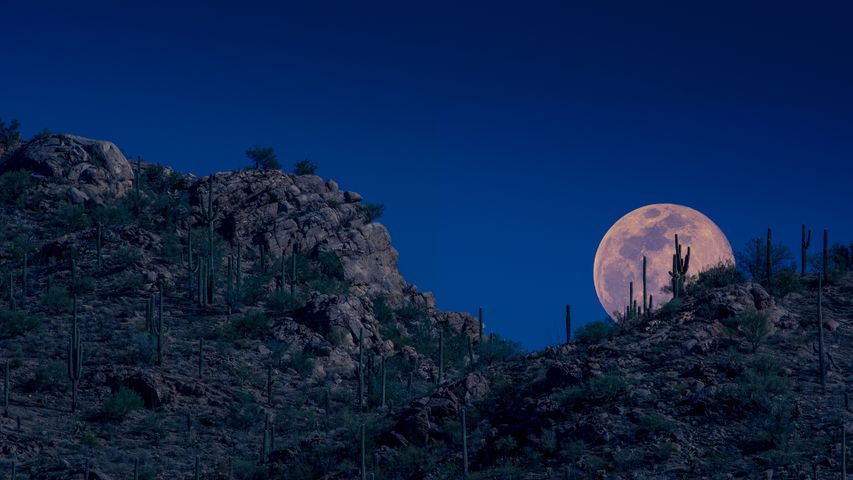Pluto's crescent imaged by NASA's New Horizons interplanetary space probe
© NASA/JHUAPL/SWRI/Science Photo Librar
Too awesome to be a planet
Pluto was first spotted on this day in 1930 by Clyde Tombaugh, a 23-year-old astronomer at Lowell Observatory in Flagstaff, Arizona. Because it’s so far away - about 40 times as far from the Sun as Earth is - scientists knew relatively little about Pluto until the New Horizons spacecraft reached it in 2015. In a flyby study, the craft spent more than five months gathering detailed information about Pluto and its moons. What did they find out? There’s a heart-shaped glacier, blue skies, spinning moons, mountains as high as the Rockies, and it snows - but the snow is red.
Once thought to be one of nine full-fledged planets orbiting the Sun, in 2006, Pluto was stripped of its planetary status and reclassified as merely a 'dwarf planet'. (Sorry, Pluto.) Though it may no longer be considered a true planet, it’s still the largest dwarf planet of our solar system and holds plenty of mysteries waiting to be discovered.
Related Images
Bing Today Images




 The moon
The moon
 'Ring of fire' annular solar eclipse, Doha, Qatar
'Ring of fire' annular solar eclipse, Doha, Qatar
 Jiaxiu Tower under a full moon, Guiyang, Guizhou province, China
Jiaxiu Tower under a full moon, Guiyang, Guizhou province, China
 The moon seen from the Orion spacecraft of NASA's Artemis mission
The moon seen from the Orion spacecraft of NASA's Artemis mission
 Moon rising, Tucson, Arizona, USA
Moon rising, Tucson, Arizona, USA
 Mars
Mars
 Mount Crested Butte, Colorado, USA
Mount Crested Butte, Colorado, USA
 Phases of the Moon
Phases of the Moon


